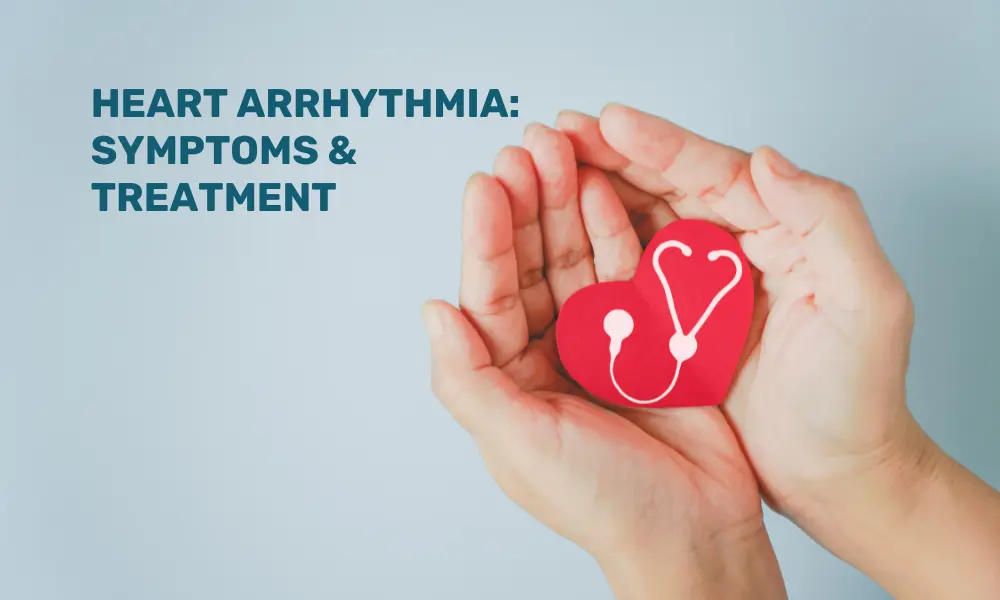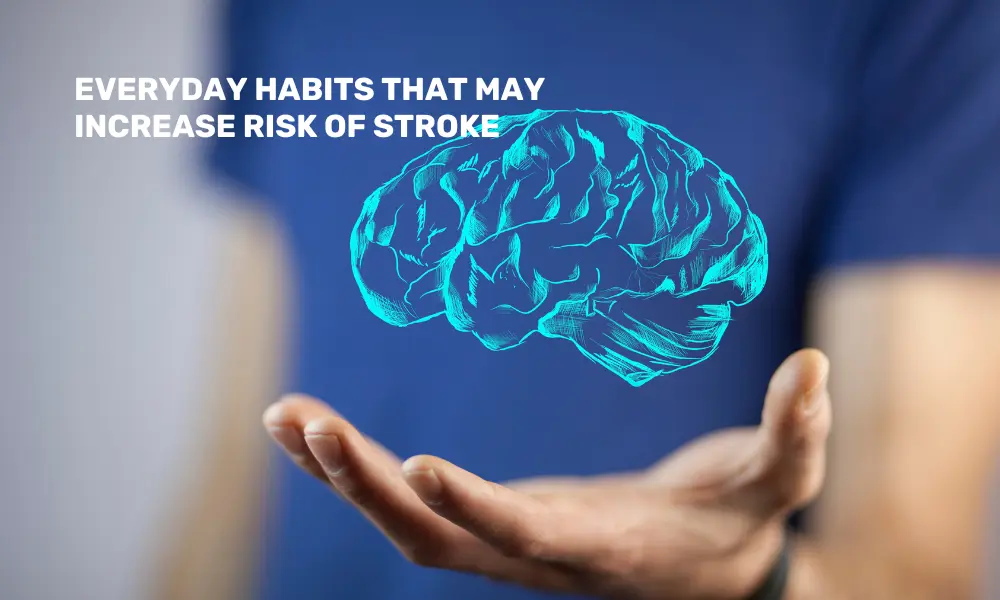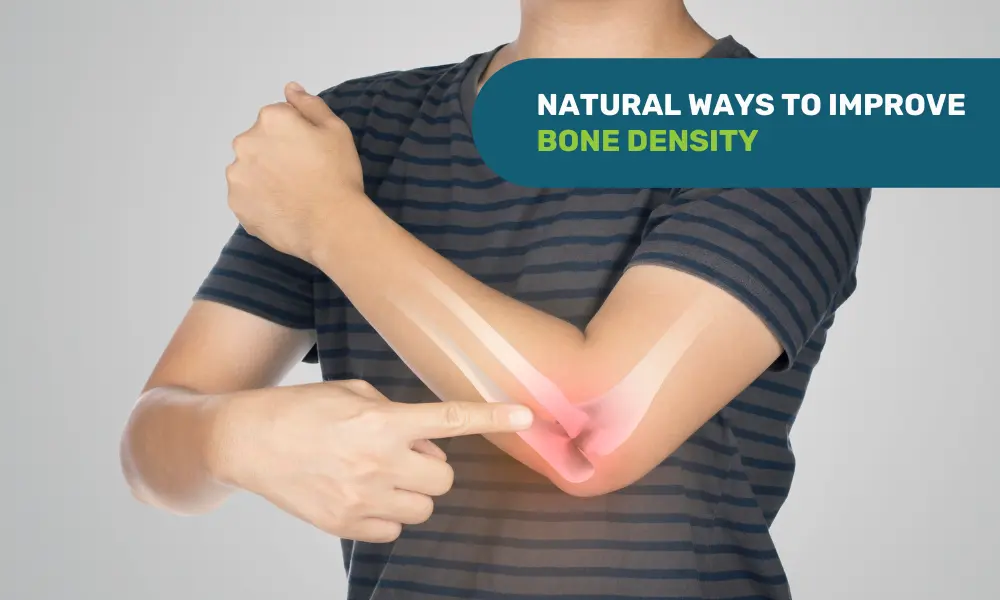Heart arrhythmia refers to an irregular heartbeat, which can involve the heart beating either too quickly, or too slowly, or erratically.
Heart arrhythmia rates are rising due to multiple factors, such as increasing rates of cardiovascular disease, higher stress levels, and widespread use of stimulants like caffeine and recreational drugs.
Arrhythmias become more common with age. Additionally, modern lifestyles with sedentary habits and poor dietary choices exacerbate underlying conditions like high blood pressure and obesity, further increasing arrhythmia risk.
Advances in diagnostic technology may also lead to more frequent detection of arrhythmias that previously went unnoticed. Improved awareness and screening contribute to the apparent rise in reported cases.
Here are brief points about symptoms, causes, and treatments of Heart arrhythmia:
Symptoms
-
Palpitations: Feeling like heart is racing, fluttering, or pounding.
-
Dizziness or light-headedness: Feeling faint or unsteady.
-
Shortness of breath: Feeling out of breath or difficulty in breathing.
-
Chest pain: Experiencing discomfort or pain in the chest area.
-
Fatigue: Unusual tiredness or weakness.
-
Fainting: Episodes of loss of consciousness (syncope).
Causes:
-
Heart disease: Conditions like coronary artery disease or heart valve problems.
-
Electrolyte imbalance: Abnormal levels of potassium, sodium, or other electrolytes.
-
High blood pressure: This can contribute to arrhythmias.
-
Heart attack: This can cause changes in heart rhythm.
-
Congenital heart defects: Structural issues present from birth.
-
Thyroid problems: Both hyperthyroidism and hypothyroidism can affect heart rhythm.
-
Stimulants: Excessive use of caffeine, alcohol, or recreational drugs.
Diagnosis
-
Electrocardiogram (ECG/EKG): Measures electrical activity of the heart.
-
Holter monitor: A portable device worn for 24-48 hours to monitor heart rhythms.
-
Event recorder: Used for longer-term monitoring of intermittent symptoms.
-
Echocardiogram: An ultrasound of the heart to assess its structure and function.
-
Stress test: Measures heart function during exercise.
Treatment
-
Lifestyle changes: Reducing caffeine, alcohol, and stress. Eating a balanced diet and regular exercise. In simple words, one must practice a healthy and active lifestyle.
Procedures:
-
Cardioversion: A procedure to reset the heart’s rhythm using electrical shocks.
-
Catheter ablation: A procedure to destroy abnormal heart tissue causing arrhythmias.
-
Pacemaker: A device implanted under the skin to help regulate heartbeats.
-
Implantable Cardioverter Defibrillator (ICD): A device that monitors the heart and delivers shocks if a dangerous arrhythmia occurs.
Prevention and Management
-
Regular check-ups: Monitoring heart health with your healthcare provider.
-
Healthy lifestyle: One must practice a healthy and active lifestyle.
-
Managing underlying conditions: Treating high blood pressure, diabetes, or other health issues that can affect heart rhythm.
Since the heart is a vital organ, one must be highly cautious about health issues like Heart arrhythmia, which may impact their well-being. Being aware of its symptoms, causes, and preventive measures can be helpful.





